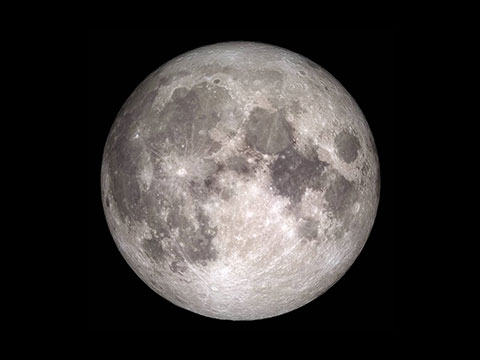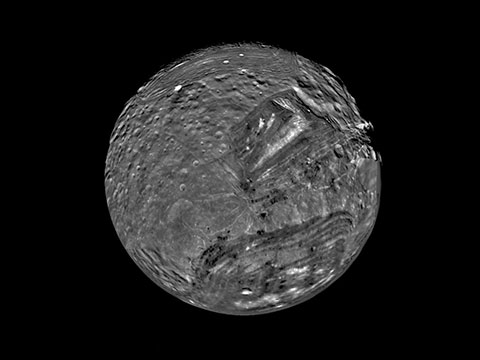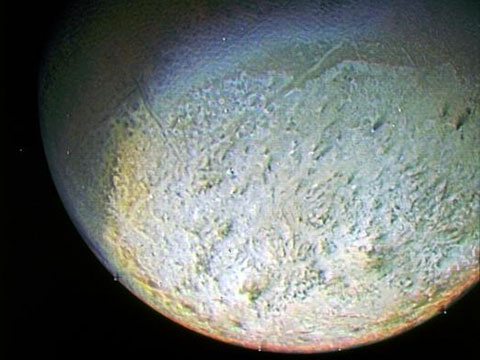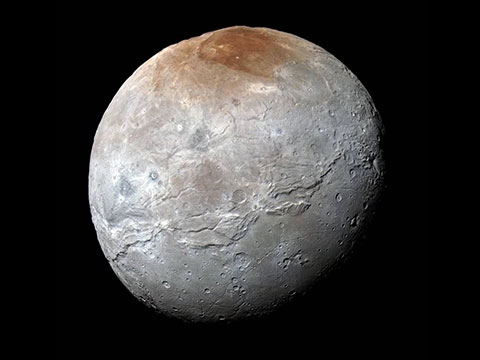Moons – also known as natural satellites – orbit planets and asteroids in our solar system. Earth has one moon, and there are more than 200 moons in our solar system. Most of the major planets – all except Mercury and Venus – have moons. Pluto and some other dwarf planets, as well as many asteroids, also have small moons. Saturn and Jupiter have the most moons, with dozens orbiting each of the two giant planets.
Moons come in many shapes, sizes, and types. A few have atmospheres and even hidden oceans beneath their surfaces. Most planetary moons probably formed from the discs of gas and dust circulating around planets in the early solar system, though some are “captured” objects that formed elsewhere and fell into orbit around larger worlds.
Moons in Our Solar System

Earth´s Moon
Our only natural satellite is a stabilizing force that makes the planet a more pleasant place for life.

Mars Moons
Two tiny moons orbit the Red Planet. One, Phobos, is slowly being torn apart by Mars.

Jupiter Moons
Moons swarm around this giant world, including icy Europa with its hidden ocean.

Saturn Moons
Some moons of Saturn shape its beautiful rings. One is equal in size to a planet.

Uranus Moons
Moons of this distant ice giant are named for great literature.

Neptune Moons
Icy Triton may be a captured world from the Kuiper Belt.

Pluto Moons
The moon Charon is so big it makes Pluto wobble.